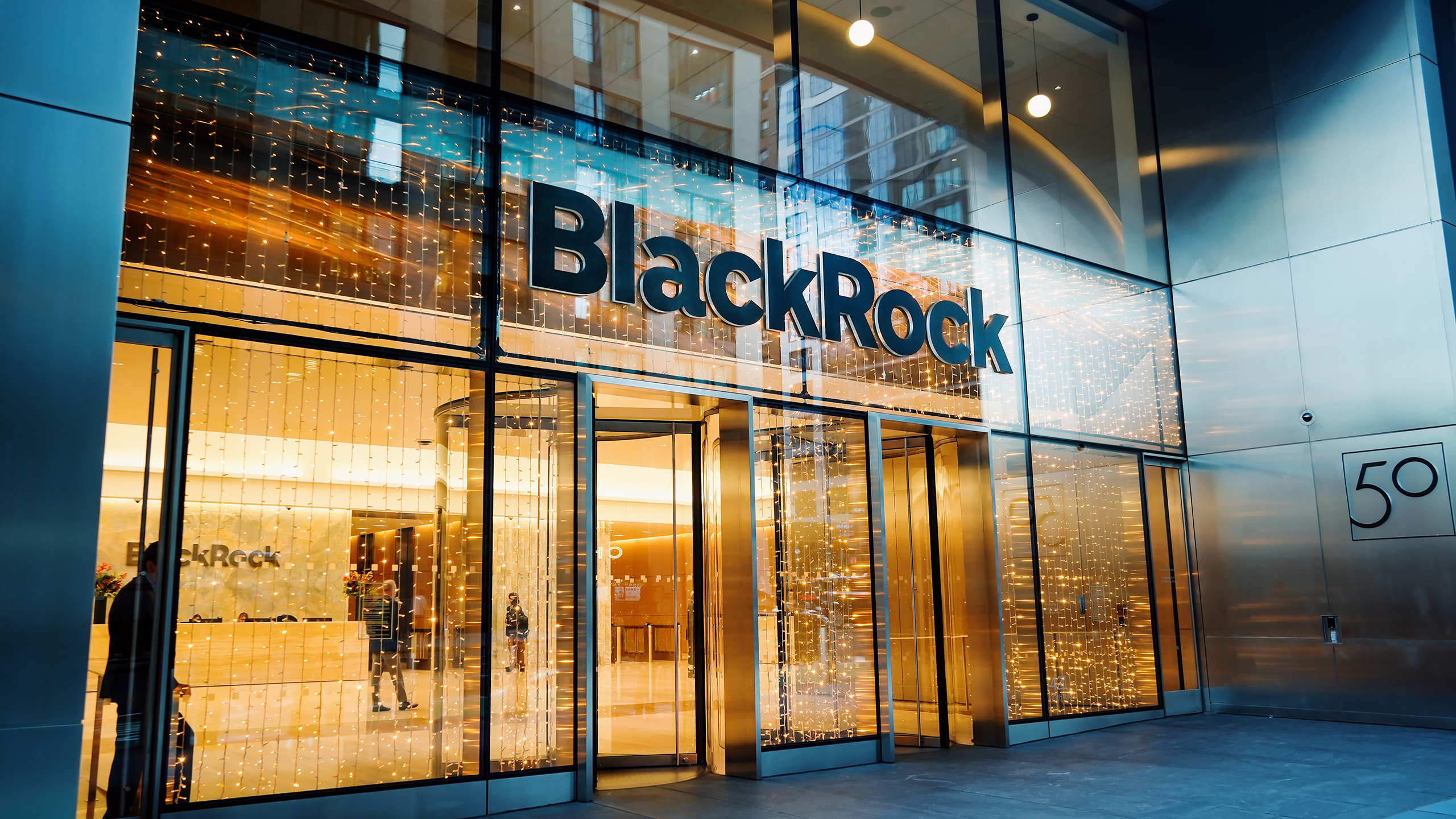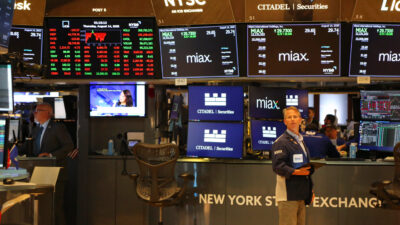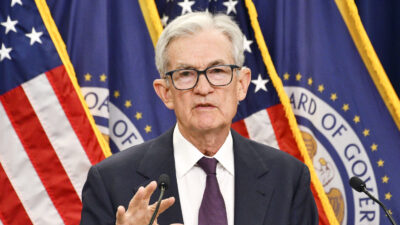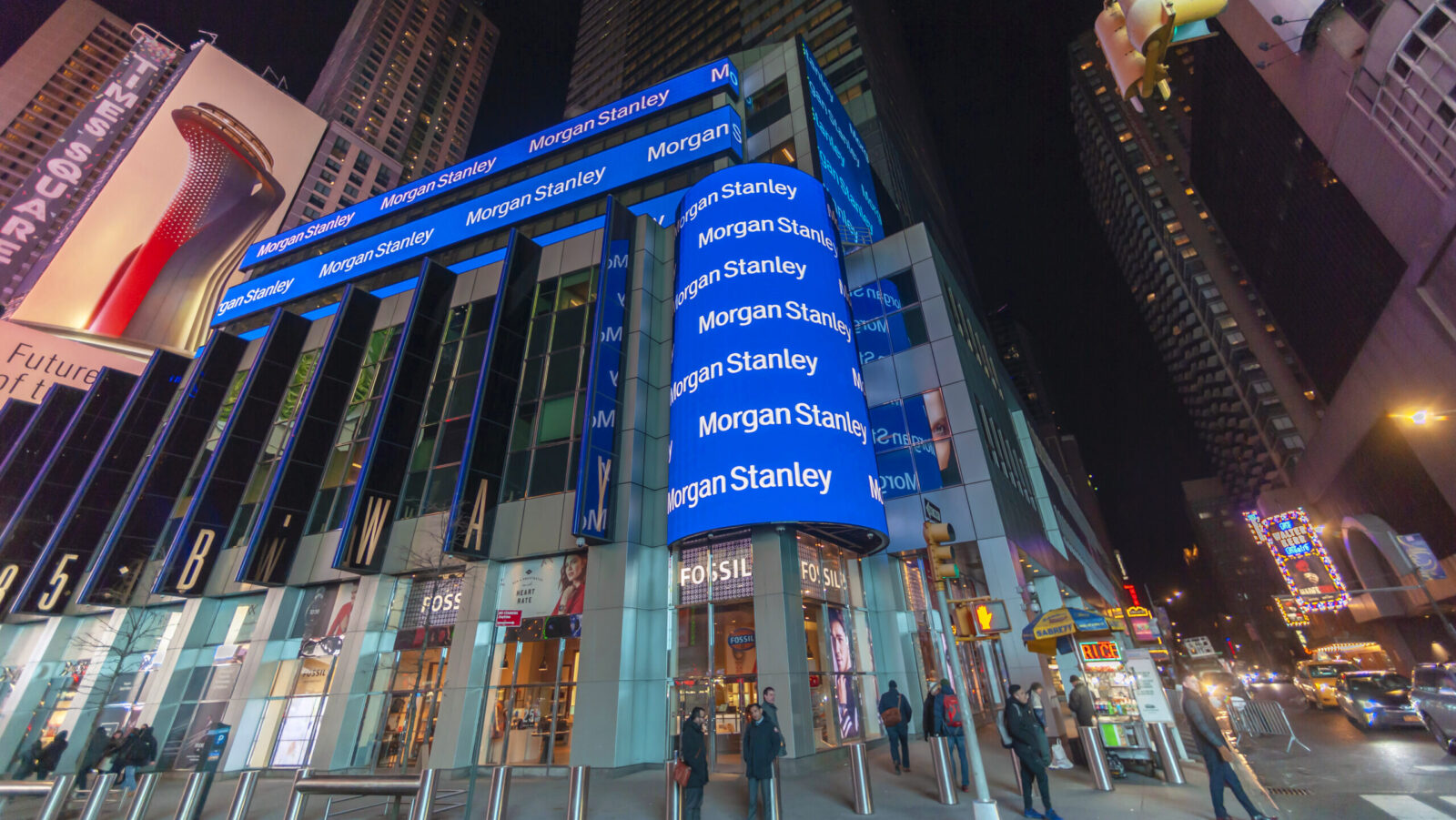Retail Investors Risk Ominous Opportunity Cost With Private Investments, Moody’s Warns
The private sector took off after traditional banks pulled back from some risky lending following the 2008 financial crisis.

Sign up for smart news, insights, and analysis on the biggest financial stories of the day.
Is Wall Street unwittingly copying Wile E. Coyote’s newfangled traps for the Road Runner by promoting new products for individual investors that will invariably backfire? Maybe so, says Moody’s, which warned this week that increasing efforts to sell private equity and private debt funds to retail investors may not end especially well.
While there’s a chance the movement could open up “higher-return opportunities to ordinary investors” that were previously walled off, the ratings firm sounded the alarm that unmanaged growth “could have systemic consequences.” Risk yourself accordingly.
Private Dilemmas
The $1.7 trillion private credit, or private debt, market comprises financing from specialized firms, asset managers, private equity shops, and hedge funds that make loans to companies outside of the traditional bank-lending ecosystem. The sector took off after traditional banks pulled back from some risky lending when they were hit with tightened regulations following the 2008 financial crisis. The $4.7 trillion private equity market, meanwhile, involves investing in companies that don’t offer shares on the public market.
Private credit and private equity firms typically raise money for their funds from institutional investors like pensions and endowments. But with the sector exploding in size, private fund managers have launched initiatives to woo more capital by letting individual investors buy into the market through new retail products. In his annual letter to shareholders, Blackrock CEO Larry Fink pledged to open private markets to individual investors and declared it a core growth area for the firm. “Assets that will define the future — data centers, ports, power grids, the world’s fastest-growing private companies — aren’t available to most investors… they’re locked behind high walls,” he said.
More broadly, Moody’s said there is general cause for concern in inviting more individual investors into the private market:
- First, for the retail investors themselves: “One of the most pressing concerns for ‘Main Street’ investors is liquidity and the inherent lack of it in private markets,” the ratings agency’s analysts wrote. They then warned that, in times of market stress, investors “might not be able to access money at all” from illiquid private assets.
- They also warned that the handful of large firms that command the private-fund market frequently invest in the same deals, meaning investors could end up with investments that aren’t sufficiently diverse and thus “amplify systemic vulnerabilities.”
Second, there’s the risk to the funds themselves, which face “reputation loss, heightened regulatory scrutiny and higher costs” if individual investors’ access to cash isn’t delicately managed. “If growth outpaces the industry’s ability to manage such complexities, such challenges could have systemic consequences,” Moody’s wrote, essentially saying the entire financial system could feel the weight of any growing pains.
But Wait, There’s More: For private market funds, there’s also the risk that making private markets more like public ones would betray the fact that they “favor illiquidity premiums, price stability, small lending groups and discretion,” which would hurt the returns of private funds if they have to disclose more information. The other risk is the influx of cash itself, which Moody’s said will “inflame situations where demand is outstripping supply in a market that already has more than $4.2 trillion in dry powder.” Private funds have typically had years to deploy capital strategically, they noted, but “some managers may be tempted to compromise on underwriting standards or stretch into riskier assets to keep pace with inflows and capitalize on the opportunity.”











